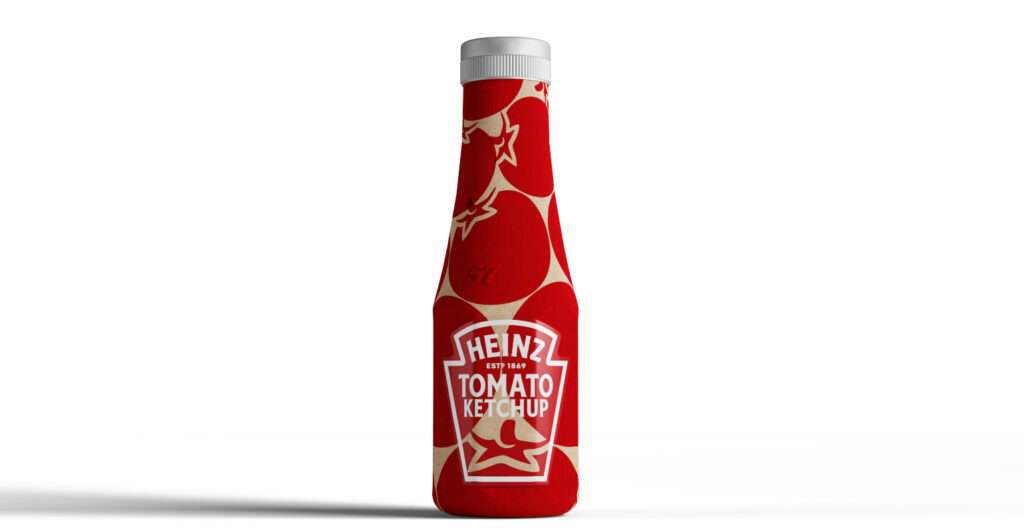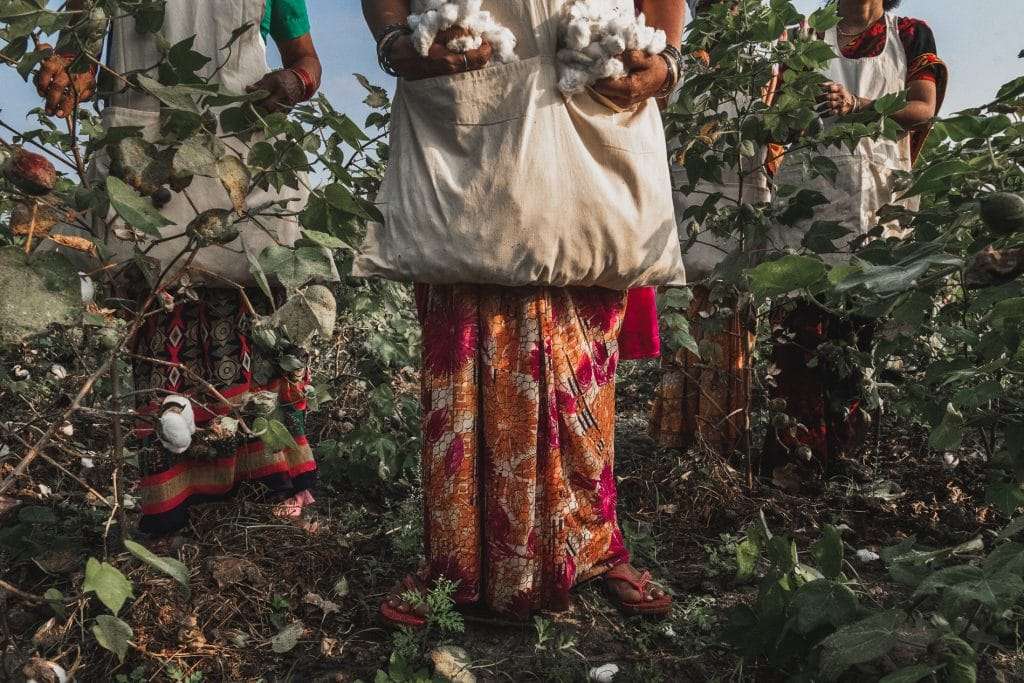The demand for sustainable products and services has never been higher. From electric cars to reusable straws, consumers are changing their purchasing habits daily. But how are brands responding to consumer awareness over greenwashing?
While the shift to sustainable products and services is largely being led by Millennials and Gen Z, a recent survey found that over a two year period, Gen X consumers increased interest in making sustainable purchases by 25 percent, with their willingness to pay more increasing by 42 percent. Now, nearly 90 percent of Gen X say their consumer awareness has shifted, and they would spend ten percent or more on sustainable products—up from 34 percent just two years.
The survey found all generations are now willing to spend more on sustainable products compared with only 58 percent of consumers across all generations saying they were wiling just two years ago. With that shift comes a keener eye on greenwashing.
Consumer awareness
According to Gayathri Gopal, Senior Innovation Consultant at Board of Innovation, as these shopping and consumer awareness habits are changing, younger generations aren’t the only consumers to watch. And, in fact, it may be the older generations that hold these companies to higher standards.
“From what I can see, the youngest consumers—Gen Z—do not care. I mean, they like to talk about sustainability. They like to counsel brands in public—in TED talks, in social media. But when it comes to actual shopping behaviors—for instance, which sheets they’ll buy for their bed—they’ll choose mainly based on affordability,” Gopal told Ethos via email. “The leading barrier to choosing sustainable options is the perception of high cost. Millennials are mostly similar.”

For most people in these age groups, Gopal says convenience also matters more than sustainability. “So they’re going to Dunkin’ Donuts, not because it has paper straws, but because there’s one right around the corner and they like the calorie-laden caffeine jolt. And they also tend to care about health a lot more than sustainability, especially since COVID,” she says.
“There are niche segments in these age groups who make a little bit of effort to actually walk the walk. In those cases—for instance with thrifting—it’s an extension of their identity—that they are someone who is very sustainable or who chooses sustainable options. And thrifting only works because it’s also affordable, and because it’s an opportunity to be fashion forward.”
The real shift seems to be happening where there are higher incomes, she says. “Some people with money, they’re making some sustainable choices, like using 100 percent linen, which is sustainably sourced—and they are ready to pay a premium. But even older generations who have income aren’t necessarily willing to pay more for sustainable choices.”
The food shift
One of the most influential categories where change is happening, says Gopal, is food. She says the tendency to pick non-plastic over plastic packaging is often higher there. And given consumers shop for food more often than clothes or cars, it’s a highly impactful area.
“I think the main challenge for brands is to change the perception that sustainability always has to be expensive and inconvenient, that sustainability is not affordable or easy for me. The other big branding challenge is to make the product an extension of the consumer’s identity or community,” she says.
Leading ketchup manufacturer Kraft Heinz recently launched a prototype for a fully paper bottle. But Gopal isn’t convinced consumer are necessarily ready for that type of product just yet. “The barriers are affordability, then convenience and comfort. If you can’t provide an enhanced experience, you at least need to offer an experience that is as good as what consumers are getting today,” she says.

She says a successful example is Saturn Bird, a premium instant coffee company. The company offers convenience —the coffee can be made without hot water and on the go. And, she says, it’s affordable even for much of Gen Z, because (unlike Nespresso) you don’t need to buy a machine to go with it. “In China, they are also promoting recycling of their coffee capsules. The consumers have to make the effort to actually recycle, they have to bring the capsules back, but that activity is branded as being part of their identity, and as being part of a community.”
Also in China, Nestlé recently launched a carbon neutral baby food. That, Gopal says is represents wholesale holistic change beyond the packaging, catering to the changing consumer preferences. “I think some of the people who might question a company like Nestlé will start believing when they see the company making a commitment towards carbon neutrality and creating a product out of it,” she says.
Authenticity and truthfulness
“I think consumers also want more authenticity and truthfulness in messaging,” Gopal says. “So, for example, Patagonia has done very well branding themselves as sustainable. A big part of that is how they talk about it — admitting they are in the process of getting somewhere, but haven’t gotten there yet. I think more brands should do that—don’t declare victory by claiming you’ve completely achieved something that you haven’t, but instead focus on how you are trying your level best to achieve it. In today’s world, people are going to identify whether your claims are true or not, so it’s better to be honest, and stay authentic, from the start.”
But still, for the consumer, it can be difficult to tease out the authentic efforts from the greenwashing. Gopal says the answer to that is like Nestlé’s more holistic approach to baby food, where there’s also accountability and transparency. As consumer demand for sustainability increases, these efforts will outpace the greenwashing.

“If companies actually want to be sustainable, they have to take a system first approach because otherwise it’s like Whack-a-Mole. You know, you hit it somewhere, but it pops up somewhere else,” Gopal says.
But, she says most companies are trying to genuinely solve these problems, even if they go about it too quickly and with short-term solutions. [T]hat’s fundamentally the wrong approach,” she says. “You don’t have to provide the whole solution. You just need to be working towards that long term solution in small, incremental steps,” Gopal says.
“It’s okay to celebrate small steps in the right direction, as long as you don’t claim you’re 100 percent there. You can actually say: ‘Hey, listen, we did this along the way on our sustainability journey, but there’s a long way to go, because it’s hard.’”


